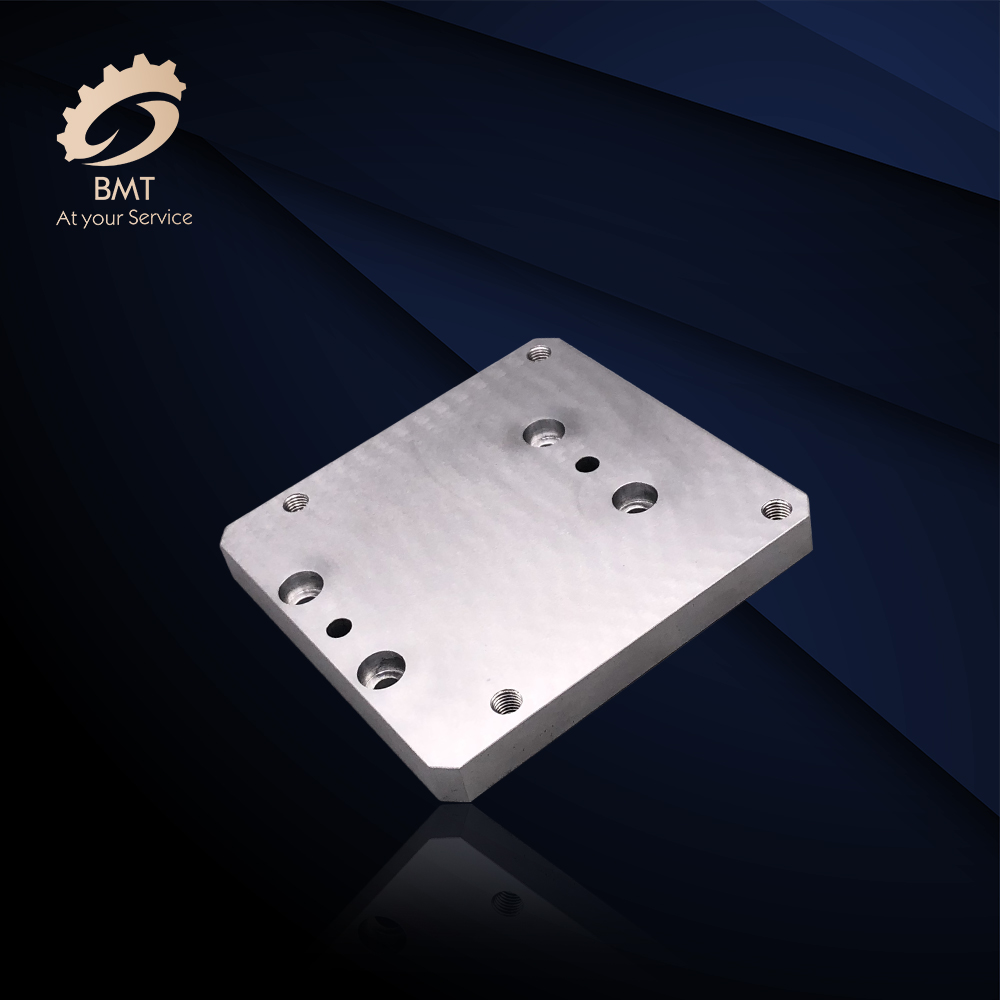Titanium Alloy Mechanical Properties
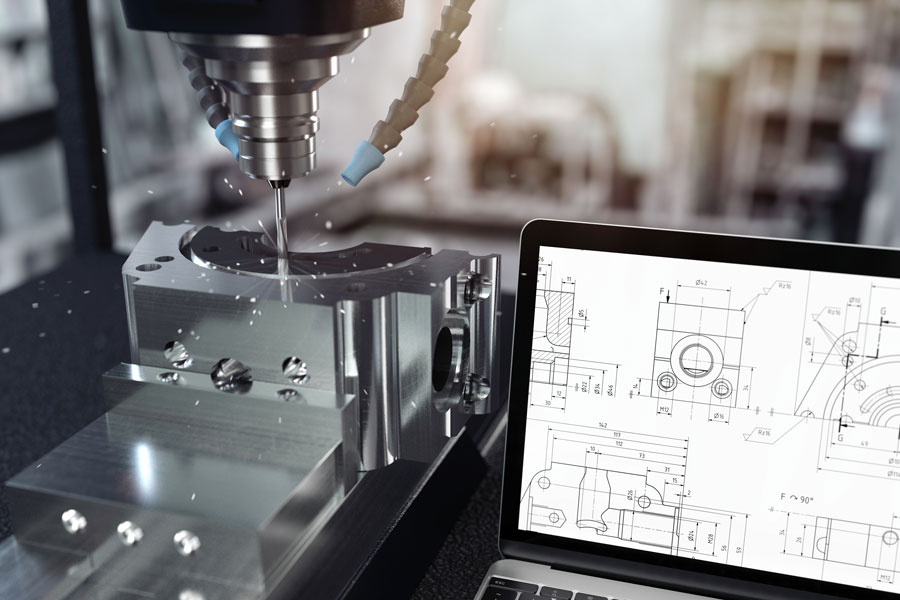
Titanium alloy has high strength and low density, good mechanical properties, good toughness and corrosion resistance. In addition, titanium alloy process performance is poor, cutting difficult, in hot processing, very easy to absorb hydrogen oxygen nitrogen carbon and other impurities. There is poor wear resistance, complex production process. Industrial production of titanium began in 1948. The development of aviation industry needs, so that titanium industry with an average annual growth rate of about 8% development.
At present, the annual output of titanium alloy processing material in the world has reached more than 40,000 tons, and nearly 30 kinds of titanium alloy grades. The most widely used titanium alloys are Ti-6Al-4V(TC4),Ti-5Al-2.5Sn(TA7) and industrial pure titanium (TA1, TA2 and TA3).
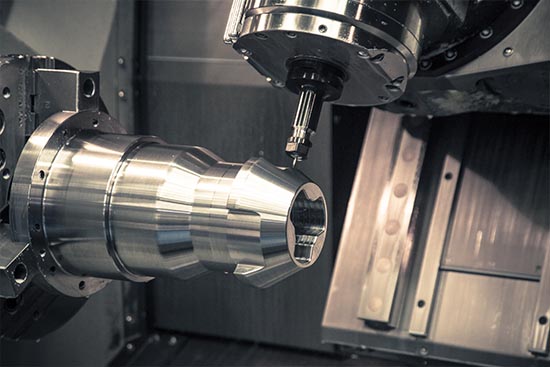
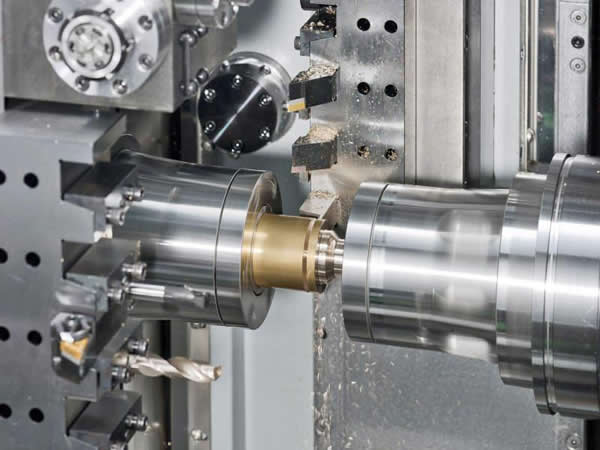
Titanium alloys are mainly used to make compressor parts for aircraft engines, followed by structural parts for rockets, missiles and high-speed aircraft. By the mid-1960s, titanium and its alloys had been used in general industry to make electrodes for electrolysis, condensers for power stations, heaters for oil refining and desalination, and pollution control devices. Titanium and its alloys have become a kind of corrosion - resistant structural materials. In addition, it is also used to produce hydrogen storage materials and shape memory alloys.
China started research on titanium and titanium alloys in 1956; In the middle of 1960s, the industrial production of titanium material and the development of TB2 alloy began. Titanium alloy is a new important structural material used in aerospace industry. Its specific gravity, strength and service temperature are between aluminum and steel, but its specific strength is high and it has excellent anti-seawater corrosion and ultra-low temperature performance.

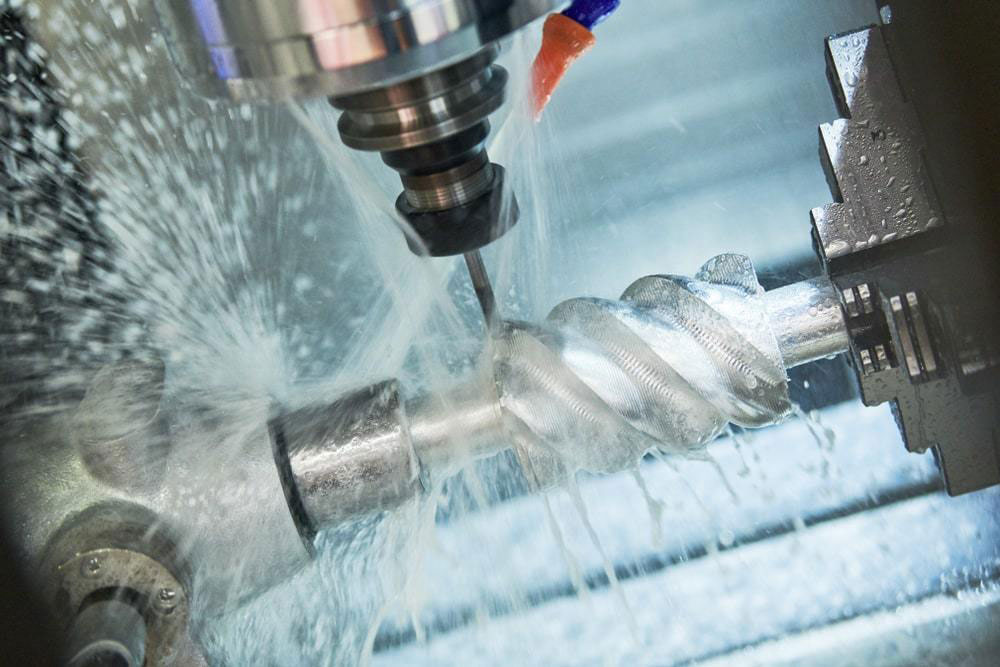
In 1950, the F-84 fighter-bomber was first used as a rear fuselage heat shield, air hood, tail hood, and other non-bearing components. Since the 1960s, the use of titanium alloy has been moved from the rear fuselage to the middle fuselage, partially replacing structural steel to make important bearing components such as frame, beam and flap slide. The use of titanium alloy in military aircraft has increased rapidly, reaching 20% ~ 25% of the weight of the aircraft structure.
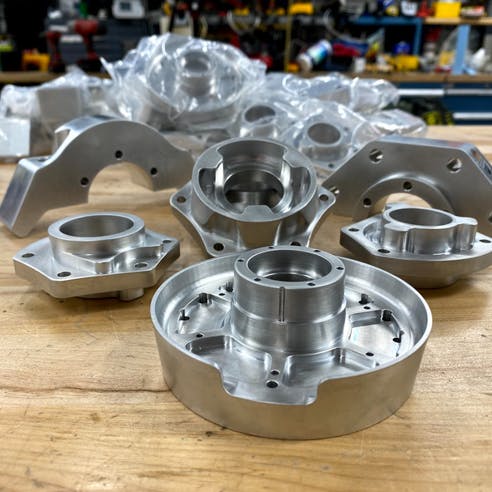
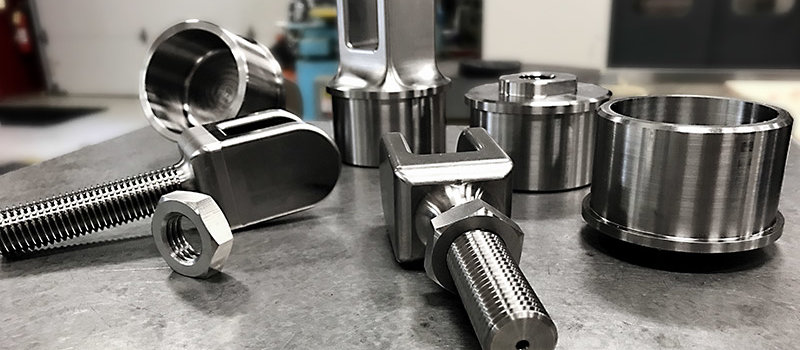
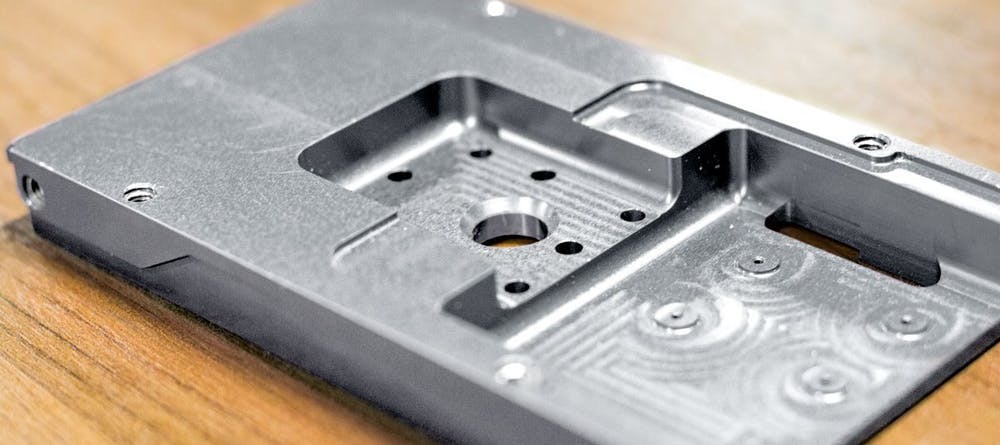
Send your message to us:
-
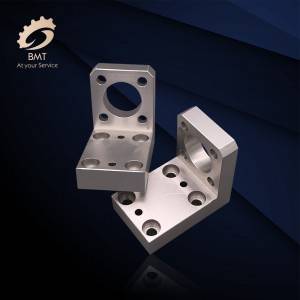
Aluminum CNC Machining Parts
-
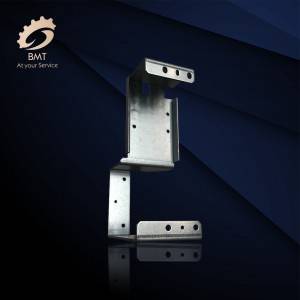
Aluminum Sheet Metal Fabrication
-
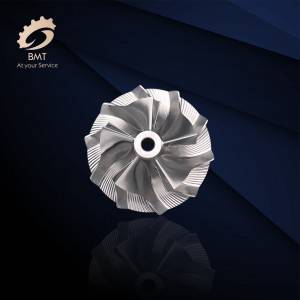
Axis High Precision CNC Machining Parts
-
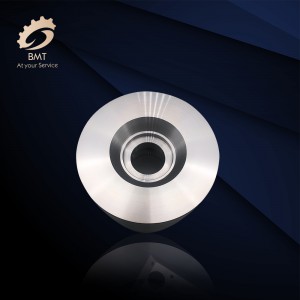
CNC Machined Parts for Italy
-
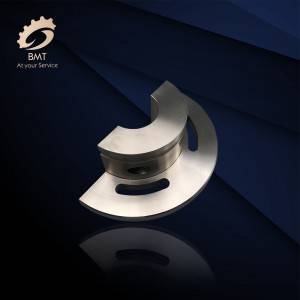
CNC Machining Aluminum Parts
-
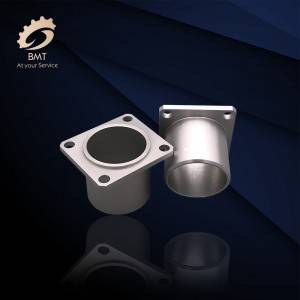
Auto Parts Machining
-
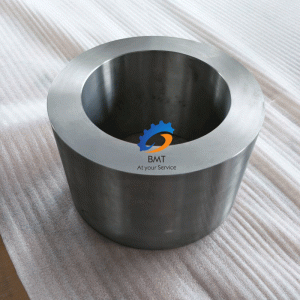
Titanium Alloy Forgings
-
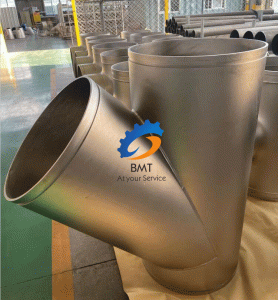
Titanium and Titanium Alloy Fittings
-

Titanium and Titanium Alloy Forgings
-
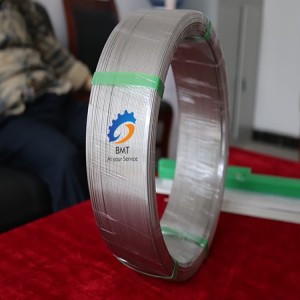
Titanium and Titanium Alloy Wires
-
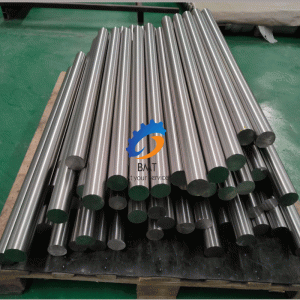
Titanium Bars
-
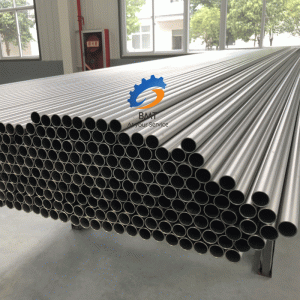
Titanium Seamless Pipes/Tubes
-
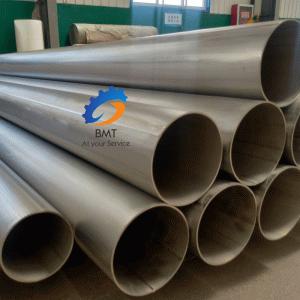
Titanium Welded Pipes/Tubes

